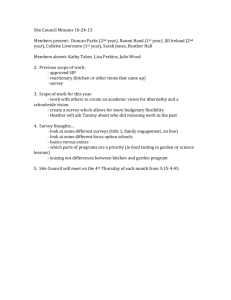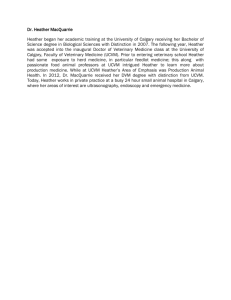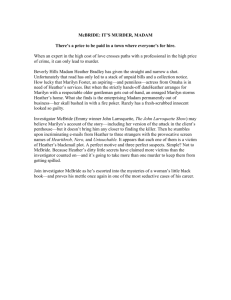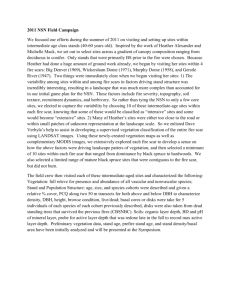Johnson Pass-2009 Diary
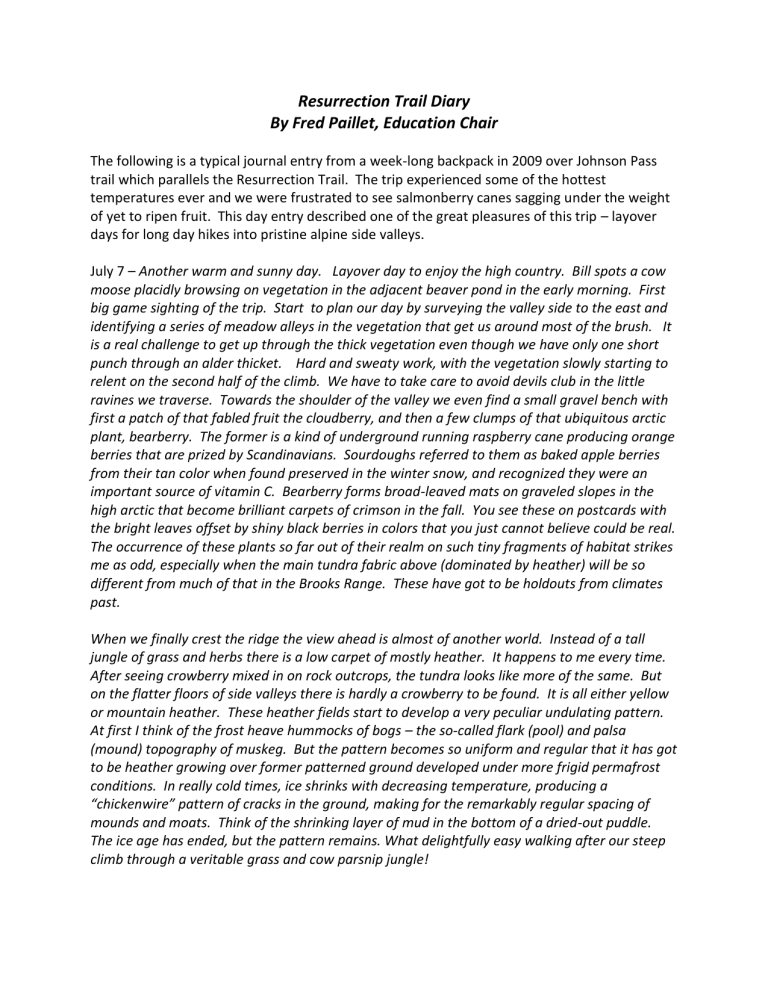
Resurrection Trail Diary
By Fred Paillet, Education Chair
The following is a typical journal entry from a week-long backpack in 2009 over Johnson Pass trail which parallels the Resurrection Trail. The trip experienced some of the hottest temperatures ever and we were frustrated to see salmonberry canes sagging under the weight of yet to ripen fruit. This day entry described one of the great pleasures of this trip – layover days for long day hikes into pristine alpine side valleys.
July 7 – Another warm and sunny day. Layover day to enjoy the high country. Bill spots a cow moose placidly browsing on vegetation in the adjacent beaver pond in the early morning. First big game sighting of the trip. Start to plan our day by surveying the valley side to the east and identifying a series of meadow alleys in the vegetation that get us around most of the brush. It is a real challenge to get up through the thick vegetation even though we have only one short punch through an alder thicket. Hard and sweaty work, with the vegetation slowly starting to relent on the second half of the climb. We have to take care to avoid devils club in the little ravines we traverse. Towards the shoulder of the valley we even find a small gravel bench with first a patch of that fabled fruit the cloudberry, and then a few clumps of that ubiquitous arctic plant, bearberry. The former is a kind of underground running raspberry cane producing orange berries that are prized by Scandinavians. Sourdoughs referred to them as baked apple berries from their tan color when found preserved in the winter snow, and recognized they were an important source of vitamin C. Bearberry forms broad-leaved mats on graveled slopes in the high arctic that become brilliant carpets of crimson in the fall. You see these on postcards with the bright leaves offset by shiny black berries in colors that you just cannot believe could be real.
The occurrence of these plants so far out of their realm on such tiny fragments of habitat strikes me as odd, especially when the main tundra fabric above (dominated by heather) will be so different from much of that in the Brooks Range. These have got to be holdouts from climates past.
When we finally crest the ridge the view ahead is almost of another world. Instead of a tall jungle of grass and herbs there is a low carpet of mostly heather. It happens to me every time.
After seeing crowberry mixed in on rock outcrops, the tundra looks like more of the same. But on the flatter floors of side valleys there is hardly a crowberry to be found. It is all either yellow or mountain heather. These heather fields start to develop a very peculiar undulating pattern.
At first I think of the frost heave hummocks of bogs – the so-called flark (pool) and palsa
(mound) topography of muskeg. But the pattern becomes so uniform and regular that it has got to be heather growing over former patterned ground developed under more frigid permafrost conditions. In really cold times, ice shrinks with decreasing temperature, producing a
“chickenwire” pattern of cracks in the ground, making for the remarkably regular spacing of mounds and moats. Think of the shrinking layer of mud in the bottom of a dried-out puddle.
The ice age has ended, but the pattern remains. What delightfully easy walking after our steep climb through a veritable grass and cow parsnip jungle!
The basic heather substrate is also studded with its own array of wildflowers. Foremost among these are a pale pink daisy or aster, and a bright yellow avens. The latter is something new to me. A Geum species with the ornately furled round leaves of the otherwise coarse and pathetically small-flowered round-leaved avens of wet woodland, and yet the large and showy yellow blossoms of ross’s avens so common in the Brooks Range. I can’t find this flower in any of my books, and almost wonder if it is hybrid of the others mentioned above. The heather carpet is locally interrupted by patches of unstable ground sparkling with the little blue bells of arctic harebell. Arctic lupine is here, too, but just emerging from the ground in great fuzzy mounds of foliage and developing floral spires – which look more like rows of wooly berries than flowers. There are also little throw carpets of Alaska spirea with its saxifrage like foliage and little foamy spires of flowers. Frigid arnica and a tiny little but vibrantly pink and yellow primrose round out the display.
We have lunch by another wild and cascading stream draining the snowfields and small mountain glaciers at the head of our valley. A few stunted thickets of wind-contorted hemlock add an extra dimension of wildness to the landscape. We loll around on the plush tundra carpet after lunch. When ambition finally strikes we head off diagonally up the ridge to our north, and follow it up several hundred feet higher onto a promontory with views in all directions. The top is also, incidentally, the site of a major bear dump. The deposit is large enough to be credited to a grizzly and not simply an over-achieving black bear from the forest below. Wonderful to be freed from the confines of the valley below to view mountain peaks and snowfields in all directions. The persistent haze adds a special patina to the scenery. The prominent snowfield at the head of the valley to our north bears a peculiar resemblance to the maple leaf on the
Canadian flag. Such symmetry in what is otherwise random geology seems especially unique.
After a group photo shoot, we ramble back down to find the path we cut through the grass jungle and reluctantly straggle into our hot and buggy camp.

